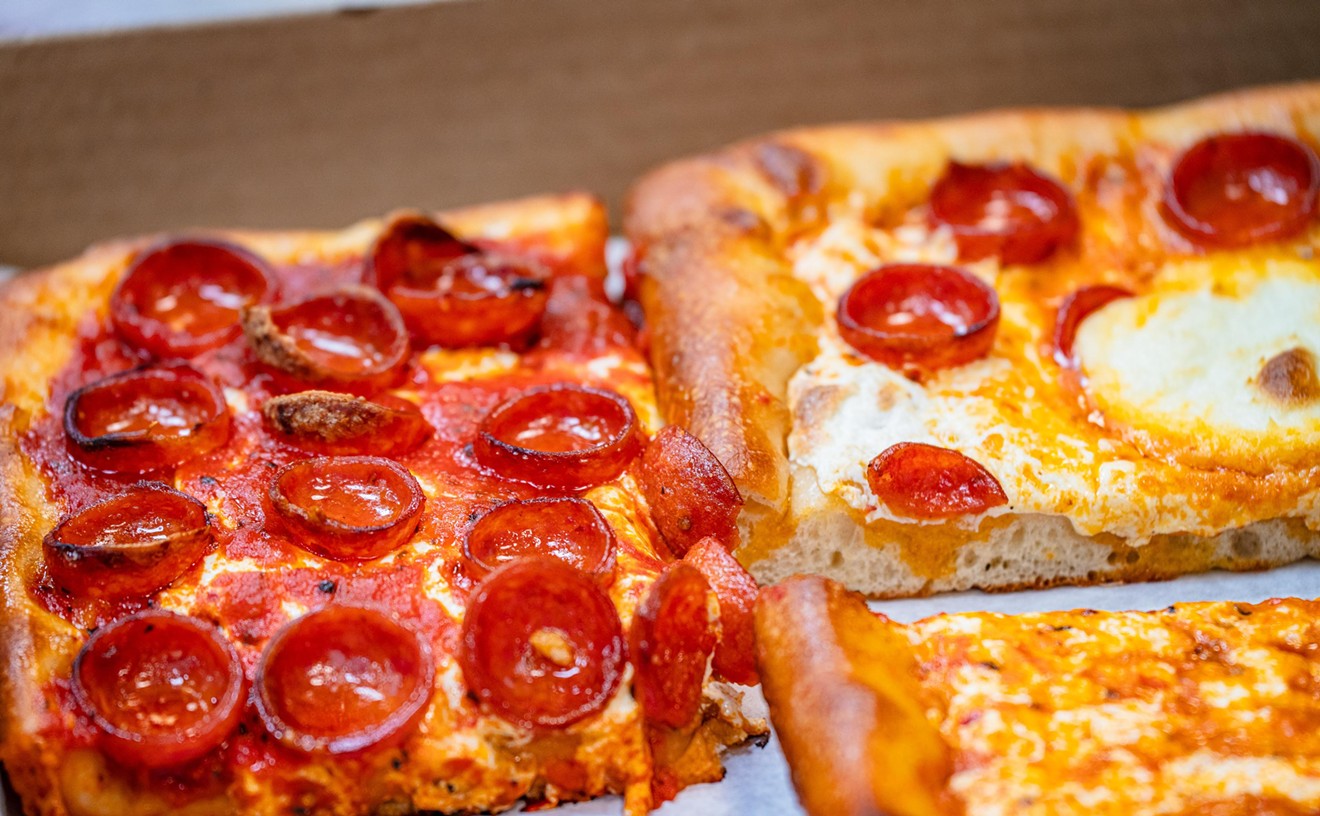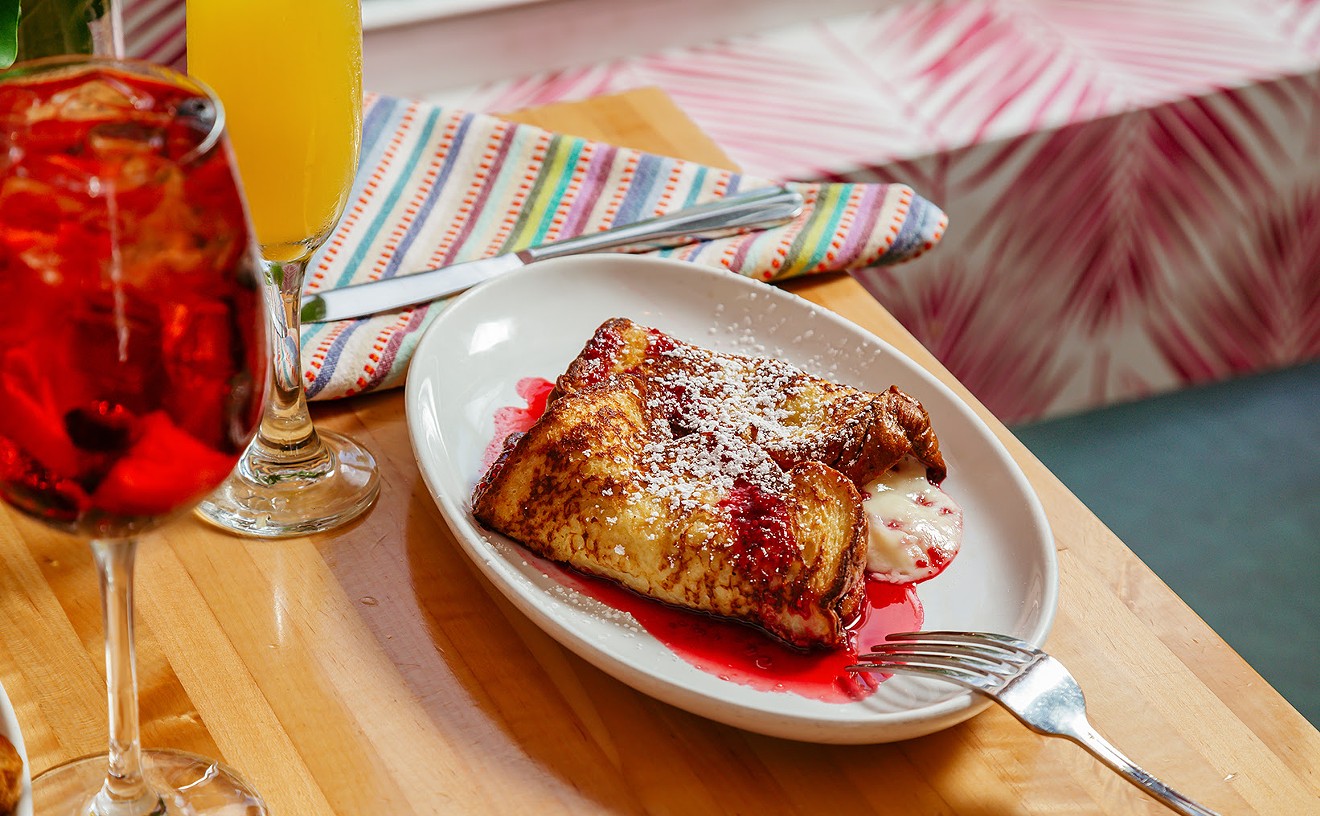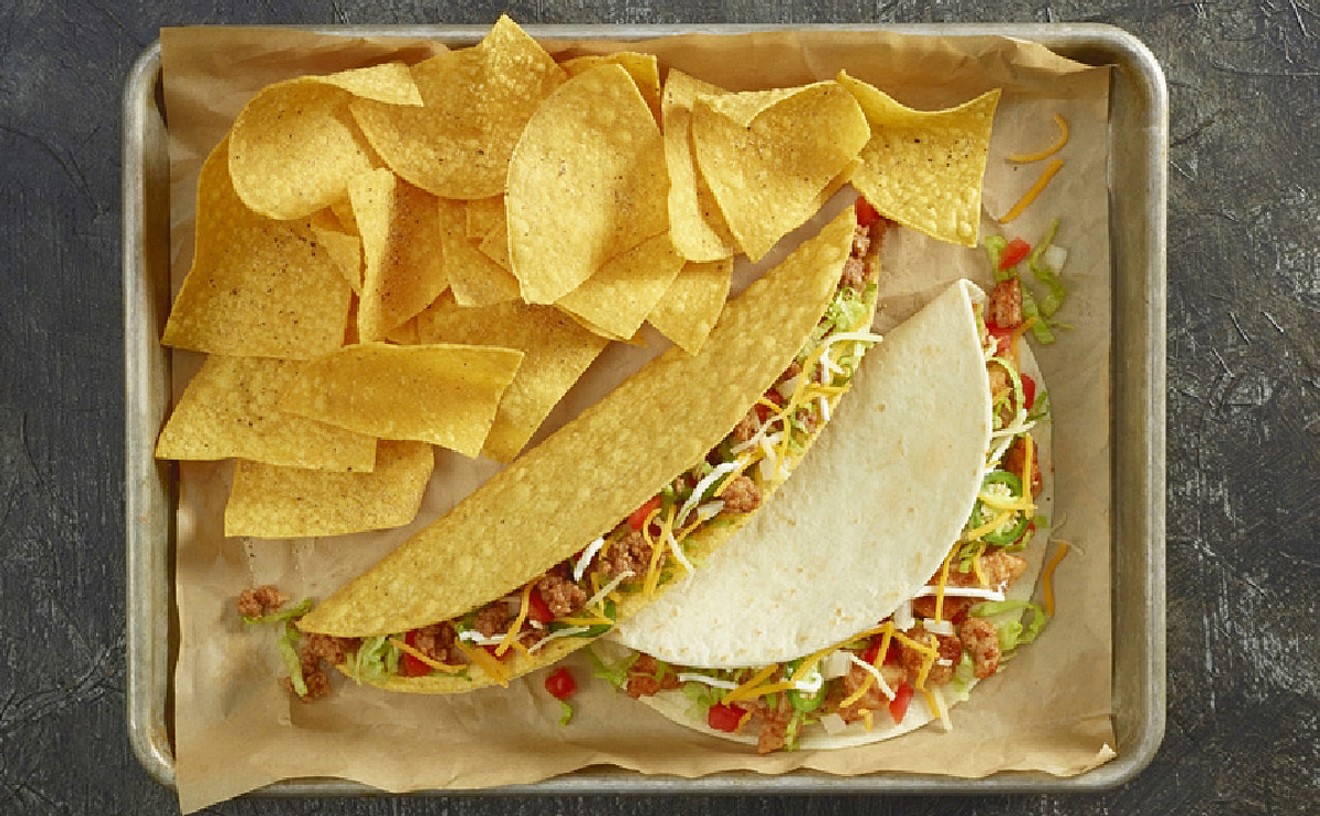People to the south of Miami think America's chemical-laden, hormone-injected, infinite shelf-lifed, processed, packaged, industrially produced, lab-tested, factory-farmed food is crazy.
But they eat jungle creatures. Now that's weird.
Here are our top 5 really strange (totally natural and organic) foods of South America and the Caribbean.
1. Cuy Chactao - Fried Guinea Pig - Peru
This Andean specialty is also found in Ecuador and Bolivia, where indigenous peoples have raised them for food for probably thousands of years. Archeologists have dated statues depicting guinea pigs as early as 500 years before Christ. Guinea pigs are in the rodent family but scientifically appear not to have originated in the wild, but rather as a hybrid resulting from domestication. They are still enjoyed today, and since the 60's have seen marketing efforts aim them at a worldwide market.
2. Tattoo, Manicou, Guana, Lagouti - Armadillo, Possum, Iguana, Rodent - Trinidad
We found an entire Facebook page dedicated to the enjoyment of Trinidad's jungle creatures in "curried, stewed, or roasted" form. It is for a group called the Wildmeat Connoisseurs Association and the photo album is exceptional.
3. Hormigas Culonas - Big Butt Ants - Colombia
In the Bucaramanga area of the Santander region of Colombia, the native hormigas culonas have been consumed by the people since their initial harvest by Guane Indians and later adoption by the Spaniards. Traditionally they are harvested only during Holy Week after heavy rains force them to emerge from their hideaways. Then they are toasted, salted, and sold at market . They are considered a delicacy and their sometimes high price has led them to be known as the "caviar of Santander."
4. Acarajé - Brazil
Acarajé is a dish that came to Brazil via slaveships from the West African coast. In Nigeria, the Igbo call it "akara," in Ghana it's known as "koose." It is a dish that is made of peeled black eyed peas that are balled up and fried, then stuffed with pastes like vatapá and caruru that are made of ingredients like crushed nuts, shrimp, and vegetables. Vegetarian versions may be stuffed with hot peppers and tomatoes. It is often prepared on the street by white garbed women known as baianas and is used in religious ceremonies.
And our final really strange food of South America and the Caribbean is....
5. Mountain Chicken - Giant Ditch Frog - Montserrat and Dominica
Mountain Chicken is so named because of its large size and chicken-like edibility. It was once found throughout the Caribbean on the islands of Guadeloupe, Martinique, and Saint Kitts and Nevis. These days it's only native, and rare at that, to the island nations of Dominica (no, not the Dominican Republic), and Montserrat. Now, thanks to human overconsumption, and a deadly, worldwide, fungal disease epidemic, it's one of the most critically endangered amphibians on the planet. Hopefully we can save the Mountain Chicken from extinction through conservation efforts.









